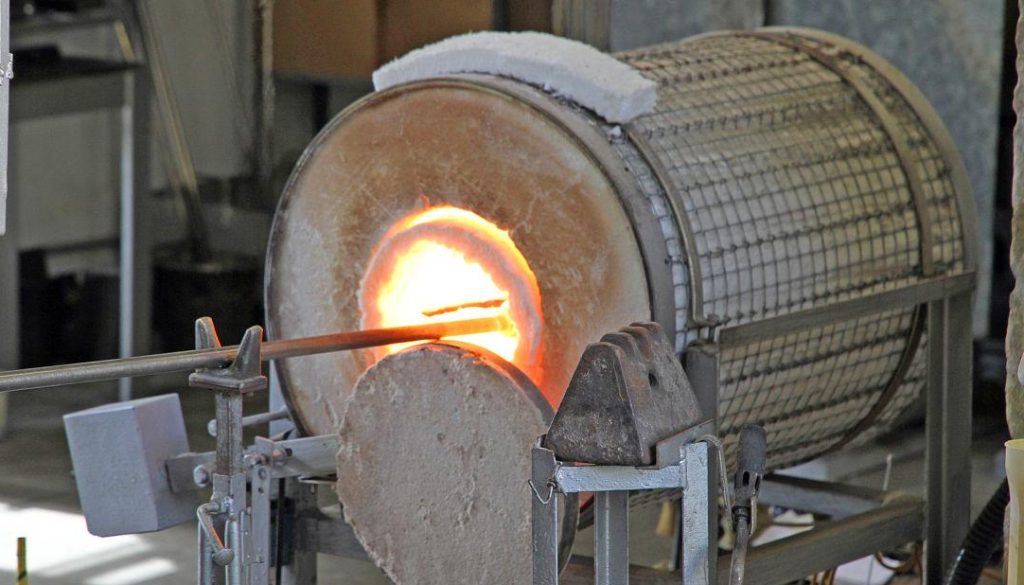
Yingxin Glass has several subsidiaries, with total assets of RMB 15.6 billion, more than 4,500 employees, and covers an area of more than 5,600 acres. It has 11 float glass production lines and a supporting waste heat power plant, with an annual output of 95 million weight boxes of glass of various specifications and 49 million square meters of offline Low-E glass.
In glass melting furnace applications, infrared (IR) thermal imaging offers key benefits:
-
Real-time Temperature Mapping: IR captures precise thermal distributions in the furnace, enabling operators to optimize heat input and prevent hot/cold spots that cause glass defects.
-
Furnace Health Monitoring: IR imaging detects refractory wear, leaks, or insulation issues by visualizing temperature anomalies, reducing unexpected downtime and maintenance costs.
-
Melting Process Optimization: By analyzing IR thermal data, operators adjust fuel/energy input to achieve uniform glass melting, improving production efficiency and material consistency.
-
Non-contact Safety Monitoring: Non-invasive IR systems allow continuous furnace surveillance without disrupting high-temperature operations, enhancing safety in harsh environments.
